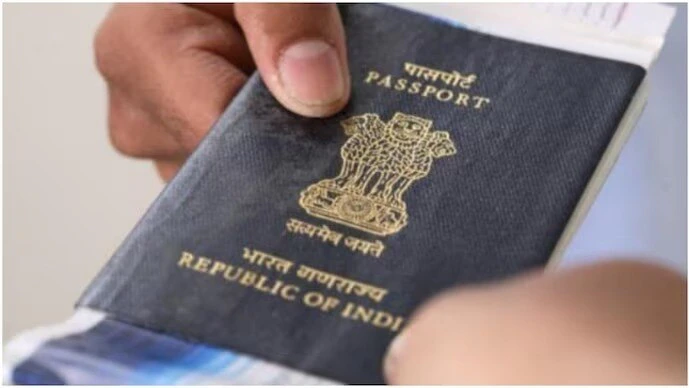Indian workers may face tougher entry as low-wage roles tighten under new rules
Canada has raised wage thresholds for its Temporary Foreign Worker Program (TFWP), a move expected to impact thousands of Indian workers. The updated requirements, effective June 27, 2025, mean that employers filing for a Labour Market Impact Assessment (LMIA) must now meet higher provincial wage benchmarks to qualify under the program, reported business-standard.com.
In 2023, over 188,500 individuals held TFWP work permits in Canada, with Indians comprising the largest share—41,115. With the new rules, many of those aiming for low-wage positions may now find themselves ineligible in cities where unemployment exceeds 6%.
- What’s Changed?
The wage threshold dictates whether a job offer is considered high-wage or low-wage—a key distinction that influences the LMIA process, permit duration, and work restrictions.
- High-Wage Stream: If the offered wage meets or exceeds the provincial threshold.
- Low-Wage Stream: If it falls short, triggering stricter regulations.
- New Wage Thresholds by Province (per hour):
- Alberta: CAD 36.00 (up from 35.40)
- British Columbia: CAD 36.60 (up from 34.62)
- Ontario: CAD 36.00 (up from 34.07)
- Quebec: CAD 34.62 (up from 32.96)
- Manitoba: CAD 30.16 (up from 30.00)
- Saskatchewan: CAD 33.60 (up from 32.40)
- Nova Scotia, New Brunswick, Prince Edward Island: CAD 30.00 (up from ~28.80)
- Newfoundland and Labrador: CAD 32.40 (up from 31.20)
- Yukon: CAD 44.40 (up from 43.20)
- Northwest Territories: CAD 48.00 (up from 47.09)
- Nunavut: Remains at CAD 42.00
With the Canadian dollar trading at roughly ₹61, an hourly threshold of CAD 36.00 translates to about ₹2,200—raising the financial bar for both workers and employers.
- Caregiving Roles Under Review
Certain occupations, especially caregiving positions, face added scrutiny. These include:
- Registered nurses (NOC 31301)
- Licensed practical nurses (NOC 32101)
- Home childcare providers (NOC 44100)
- Attendants for persons with disabilities (NOC 44101)
These roles are under government review due to concerns about overrepresentation and potential system misuse.
WHY CANADA IS TIGHTENING THE PROGRAM
The TFWP was introduced to fill workforce gaps when no Canadians were available. However, criticisms around misuse, wage suppression, housing pressure, and over-reliance led to reforms in 2024. These included:
- Cutting LMIA validity from 12 to 6 months
- Reducing employment duration for low-wage stream
- Introducing admission caps
- Ending work permit conversions for visitors
- LMIA: The Gateway to Foreign Hiring
An LMIA confirms there’s a legitimate need to hire a foreign worker. A positive LMIA enables the worker to apply for a work permit, provided they submit:
- Job offer letter
- Employment contract
- LMIA copy and number
Application Cost: CAD 1,000 per position
Processing Time: Several weeks to months, based on stream and demand
- Alternatives to LMIA
Some roles are exempt under the International Mobility Program (IMP) due to trade agreements or unique job categories. Employers may explore these exemptions before filing an LMIA.








